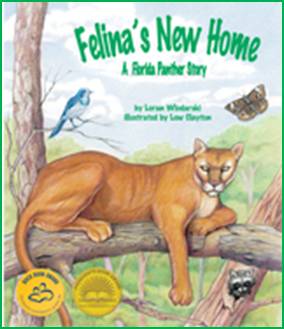OUR CHANGING
LANDSCAPE
![[A excavator working in a borrow pit.]](SS120U16_Our_Landscape_image003.png)
An Excavator
Changing the Landscape
Overview
In this unit, you will learn about
the ways people change landforms and waterways to improve their lives. Although these changes are very helpful, they
can also cause new problems. Let’s
investigate!
|
Message to
Adult Mentor |
|
The student
will study how people have responded to the physical environment of the
earth. Certain modifications, including
roads, dams, bridges and tunnels, will be discussed. Please help the student to consider both
positive and negative consequences of these constructions. |
People Change Landforms and Waterways
The natural features of the earth, such
as landforms and waterways, make up the physical
environment of our world. The
physical environment consists of these three things:

People use landforms and waterways
in many different ways. Sometimes they
change or modify them to meet their needs. Moving land and water is necessary to make
travel safer and to improve lives. This
means that our physical environment is always changing. Let's look at some examples.
 Go to Questions 1 and 2.
Go to Questions 1 and 2.
Roadways
When you want to go somewhere, what
do you need to travel on to get there?
Roads! Roads did not always exist, you know. It was very hard for people to travel from
place to place in the “olden days” before they were built. Often large amounts of dirt and rock had to
be shoved aside to make way for new roads. For highways to be constructed,
trees and houses often also had to be moved.
New roads made the landscape look very different, but travel became
faster and safer. Products could also be
transported quickly.
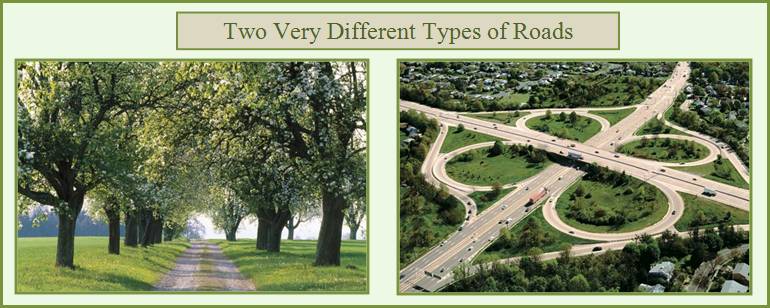
 Go to Questions
3 through 6.
Go to Questions
3 through 6.
UDams
Another way that people have
modified the physical environment is by building dams. Dams are built across rivers or streams to control the
water. They can help prevent floods and
give farmers water to grow crops. Dams even
direct water to help provide electricity.
The Hoover Dam, located in the western United States, generates about 4
billion kilowatt-hours of electricity each year! That is enough to serve 1.3 million
people! The water behind Hoover Dam
forms a beautiful lake known as Lake Mead.
Those who live in this area enjoy boating and swimming here.
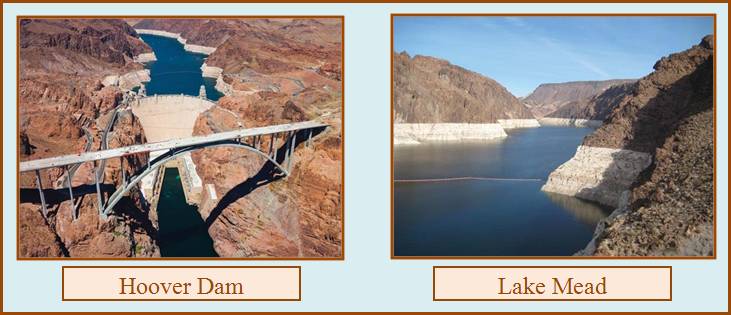
 Go to Questions 7 and 8.
Go to Questions 7 and 8.
Bridges
People build dams control the flow
of water; however, people build bridges
to cross over water. Much of the earth's
surface is covered with water. This
makes many places difficult to reach without a boat. As a result, people have
responded to the physical environment by
building bridges. We rely on them every
day to cross obstacles like streams, rivers, bays and even valleys! They shorten the distances we need to travel
and help us to move from place to place more quickly. Over the years, people have built many
different kinds of bridges.

![]() Go the Questions 9
and 10.
Go the Questions 9
and 10.
Tunnels
When people first began to travel in
them, trains and cars had a hard time crossing steep mountains. Everyone wanted to find an easier, faster and
safer way. Workers began to dig through
mountains and to build tunnels. These passageways allowed cars and trains to
drive through the mountains rather than over them. Today, some tunnels are even built under
waterways and cities. Mining companies
also use tunnels to reach valuable minerals found underground.

![]() Go
to Questions 11 and 12.
Go
to Questions 11 and 12.
Cities
Our physical environment has also
been modified by the growth of cities.
Builders change the land to make room for offices, businesses and
homes. Cities also need roads and streets
so that people are able to get around efficiently. Providing services, such as water and
electricity, also mean alternations in the landscape. Look at the two pictures below. Notice how the same area of land in
Pittsburgh, Pennsylvania has changed since 1776.
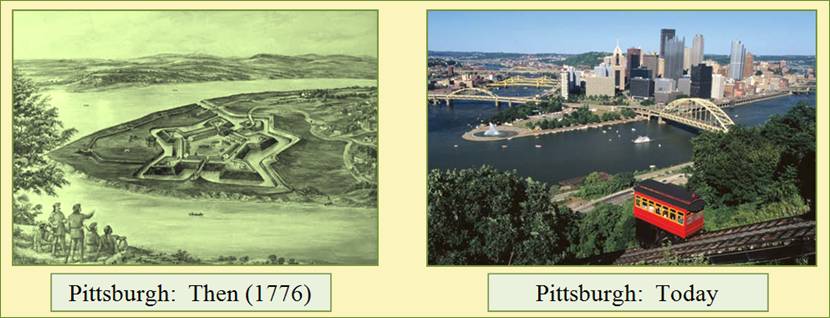
![]() Go to Question 13.
Go to Question 13.
Wildlife and Changing Landforms
To construct buildings, roads,
bridges, tunnels and dams, the physical environment has to change. Trees are cut down, and grasslands are
removed. As cities grow bigger, forests
grow smaller. The natural habitat or surroundings for wildlife
disappears when forest are destroyed. If
someone took your home away, what would you have to do? You would have to move! That is exactly what the animals of the
forest try to do. Unfortunately, this
makes conflicts between people and wildlife unavoidable.
![]() Go to Question 14.
Go to Question 14.
Mountain Lions
Generally, mountain lions are calm,
quiet and shy. In the United States,
they are also known as mountain cats, pumas, cougars and Florida panthers. The forest is their habitat. More and more people are buildings homes in
or near the places where mountain lions live.
People are also using hiking and running trails in parks, which are
found in the habitats of the mountain lions.
As a result, there have been instances where people or even their pets
have been attacked by mountain lions!
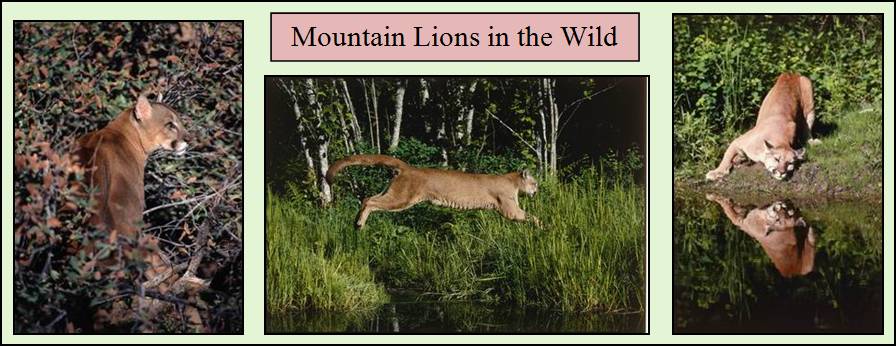
Click on the book below to read the
story of Felina, a Florida panther or mountain lion. See what happens to Felina when she looks for
a new place to live. You will also meet
several other animals that are struggling with changes in their physical
environments, too.
In the story, you read about things that help and hurt animals.
![]() Go to Questions 15 through 17.
Go to Questions 15 through 17.
Black Bears
Black bears are also affected by the
changing physical environment. They are
losing their habitat due to the loss of forests, and their interactions with
humans are happening more frequently.
This is the case in a very popular American national park. Yosemite National Park in California is
home to a large population of black bears.
As you can see from the pictures below, black bears are not always
black! A large number of people visit
the park every year, too. It is certain
that the bears and the park’s many visitors will make contact.
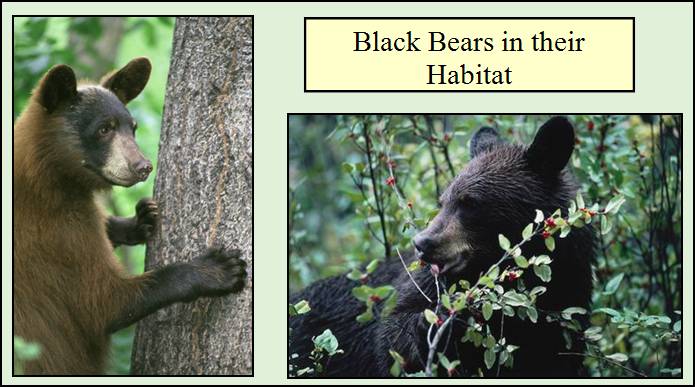
Black bears are increasingly
searching for food in campgrounds and on picnic tables. They have become accustomed to finding food
around humans. Feeding black bears has
resulted in personal injuries and property damages. This, along with the increased construction
of roads and homes, has caused changes in the behavior of the bears. As bears become more accustomed to humans and
their food, they are less afraid.
Therefore, bears are more likely to approach tourists in the park. Yikes!
You really don’t want that to happen!
![]() Go to Questions 18 and 19.
Go to Questions 18 and 19.
Changes in the Air
You have read about some of the modifications people make in the land and water to meet their needs. Can people change the air, too? They certainly can! Millions of cars and factories around the world put out soot, ashes and chemicals into the air. This creates dirt in the air or air pollution. Sometimes you can smell air pollution; you can even see it if the air becomes hazy or filled with smoke. Most of the time, however, it is invisible. Even though you cannot see it, air pollution can still do a lot of damage. It can make your eyes burn and your head ache. Plants, fish and animals are also affected. Governments and citizens in many countries are working together to improve the quality of the air, but much more needs to be done.
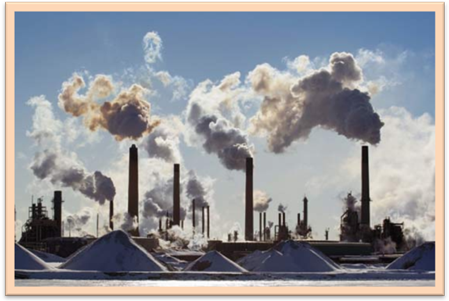
Port Huron, Michigan
![]() Go
to Question 20.
Go
to Question 20.
Let’s
Review
Let us review what you have learned
in this unit:
·
The physical environment consists of
land, water and air.
·
Humans modify the physical
environment depending on their needs.
·
Roads, dams, tunnels, cities and bridges
area all examples of how people have modified the land of the physical
environment to meet their needs.
·
Modifications to the physical
environment means a loss of habitat for wildlife
·
Changes in the physical environment
also affect the quality of our air.
There are both good and bad outcomes
from people modifying the physical environment.
As the population grows, people continue to clear land to meet their
needs and to make their lives more convenient.
This benefits people; however, it causes a negative impact on nature and
wildlife habitats. We need to find a
balance between the way people modify the physical environment and leaving
natural habitats alone for wildlife. Ultimately, this will benefit humans as
well as nature.
